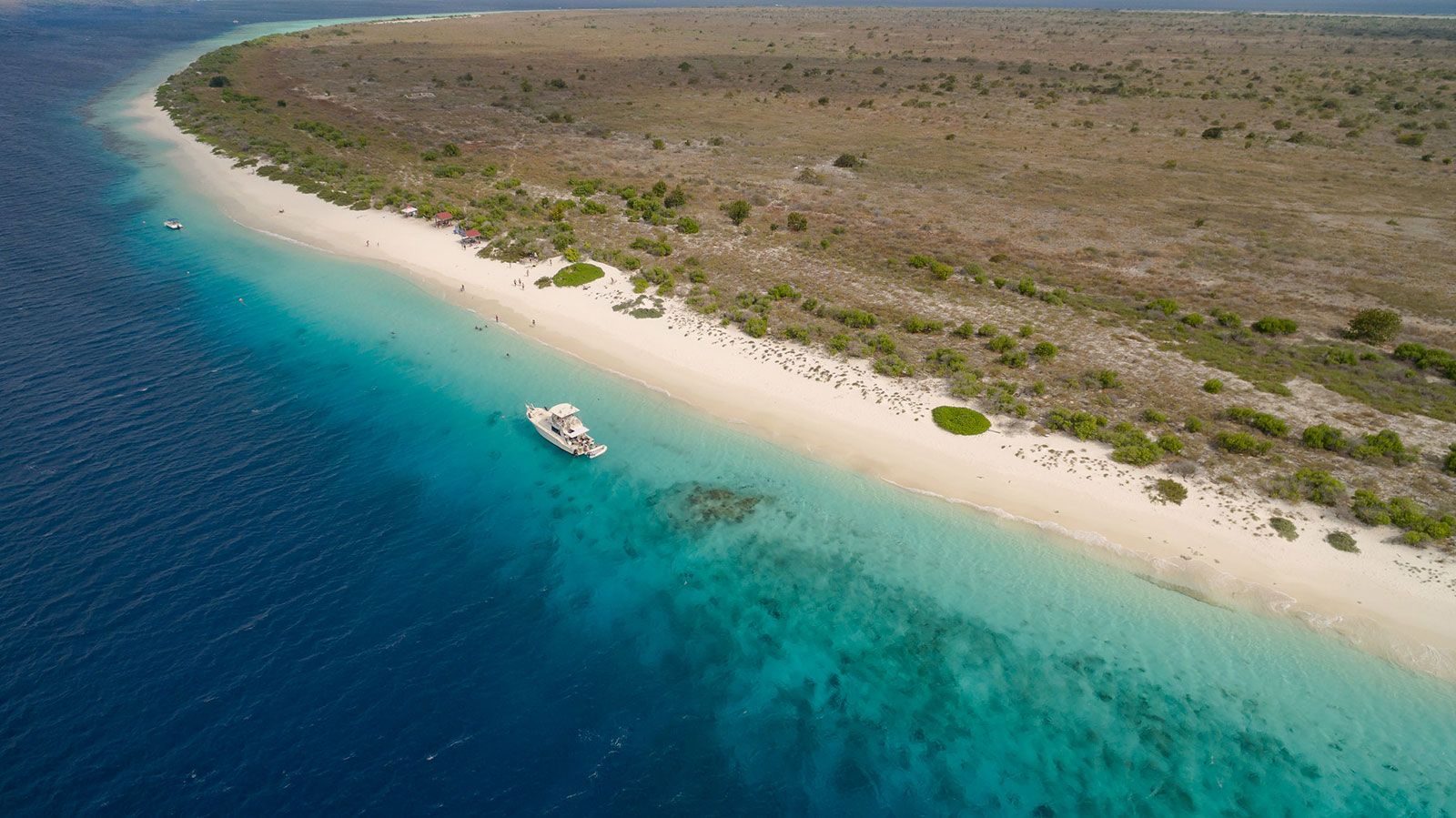Costa Rica is a small Central American country bordered to the north by Nicaragua and to the south by Panama. The country is known for its beaches, volcanoes, and biodiversity and almost a quarter of its area is made up of protected jungle.
The geography of Costa Rica makes it an ideal tourist destination. Make sure if you are using insect repellent that it does not contain citronella or other harmful pesticides that could hurt the local wildlife as well as if you are using sunscreen make sure it is eco-friendly.
Here are nine important things to know about transportation in Costa Rica.
Costa Rica transportation options
There are plenty of options for getting around Costa Rica – from domestic flights, private transfers, rental cars, shuttles, public buses to taxis, and trains. Each option offers varies in flexibility, budget and comfort.
Domestic Flights
For those who can afford a faster and more comfortable type of transport, there are local airlines that offer domestic flights to several Costa Rica destinations.
Costa Rica has several domestic airlines AeroBell, Nature Air, Paradise Air and Sansa, offering daily flights to many major tourist destinations.
There are 48 main airports, only 4 being international. Airline costs in Costa Rica are pretty reasonable.
If you plan to fly domestically in Costa Rica, keep in mind that you’ll be flying on small planes and luggage weight limits are strictly enforced, expect bumpy flights and schedule change.
Renting a Car
Many of these cars are 4×4 and used throughout the country.
Most of the tourists are using public transportation while exploring the Metropolitan Area and then rent a car when heading out to the countryside.
Car rentals are good for couples and families who want to see a lot of the country and don’t mind driving
Renting a car it is a great way if you want the flexibility of exploring the natural beauty of the country in-depth, stopping to take pictures and settling down at any roadside restaurant you come across. Rent a car only if you feel comfortable driving in a foreign country.
Renting a car in Costa Rica can be a bit expensive. Rentals cost between $41 and $160 a day.

Photo credit: Dru Kelly / Flickr
Public Busses
Costa Rica has a well established public bus system and it is often compared to the best in Central America with routes throughout the entire country.
Taking the public bus is incredibly cheap, but it is not always the most comfortable.
A bus service is a good option for budget travelers, backpackers, couples and small groups traveling on a tight budget and want to meet locals, however, they can get very crowded. Luggage space is also limited in most public buses.
Taxis & Uber
Uber is legal in Costa Rica, but the government doesn’t like it so use the service with caution. Uber tends to be about half the price of taxis.
Costa Rica’s official taxi services are red and orange if they are airport taxis. All authorized taxis must have a meter and make sure it is turned on when entering the vehicle. You can find plenty of taxis in towns and cities city, with the exception of car-free communities like Tortuguero. Unfortunately, you can still find unlicensed taxi services. You can easily distinguish the official taxis by looking for a yellow triangle with a code in black on the vehicle’s side door.
Taxis are cost-efficient and reliable, but you should understand how they work before using one. If a pirate taxi gets caught carrying a passenger, he or she could get fined. You do not have to tip the driver.
Accessible taxis or an SUV or a van are available upon request.

Photo credit: Jasperdo / Flickr
Trains
Trains are a great option for adventurous. They are fast and cheap. A private company – AmericaTravel – organizes occasional weekend tourist trains from San José to Caldera.
There are currently two major railways in Costa Rica: The San Jose Light Railway and the Tico Train Tour.
Unfortunately, much of the railway system requires major repairs.
The railways are very cost-effective especially for traveling within the Central part of the country but may not be a good choice for other parts of the country. You can always take a train to a major city and then take a taxi to your final destination.
Shuttle Services
Shuttle service is a shared transport alternative on a minibus or coaster. This is a good option for people traveling in small groups.
They operate daily between popular destinations across the country. Shuttles must be booked in advance.
Private Transfers
Private transportation is the safest and most convenient way to get around Costa Rica. It is flexible and it can be planned to and from anywhere in the country. This service can be customized to fit your travel needs.
Private transfer rates are often cheaper than those of a taxi.
Boats / Ferries
Costa Rica has destinations that can be reached only by water using a ferry or boat.
The other time you will need to take a boat is if you are going to Tortuguero.

Photo credit: Dave Merrill / Flickr
Bikes, ATVs, and other equipment rentals
If you are exploring beach towns or other coastal places bikes, ATVs or scooters are available to rent.
Horseback Riding is a Good Option
Horses have always been a part of Costa Rican culture. It can be a very pleasant way to get around Costa Rica. Going on a horseback riding tour will offer you a cultural experience as well as an enjoyable one. You can ride through an untouched rainforest trail and spot howler monkeys, sloths and scarlet macaws, or you can trot along the sandy shorelines while enjoying a stunning sunset view.
When riding, make sure to wear eco-friendly sun protection, closed shoes and long pants.
Want to learn more about Costa Rica? Check our other posts:
Sustainable Tourism in Costa Rica
The 10 Best Costa Rica Eco Tours
















